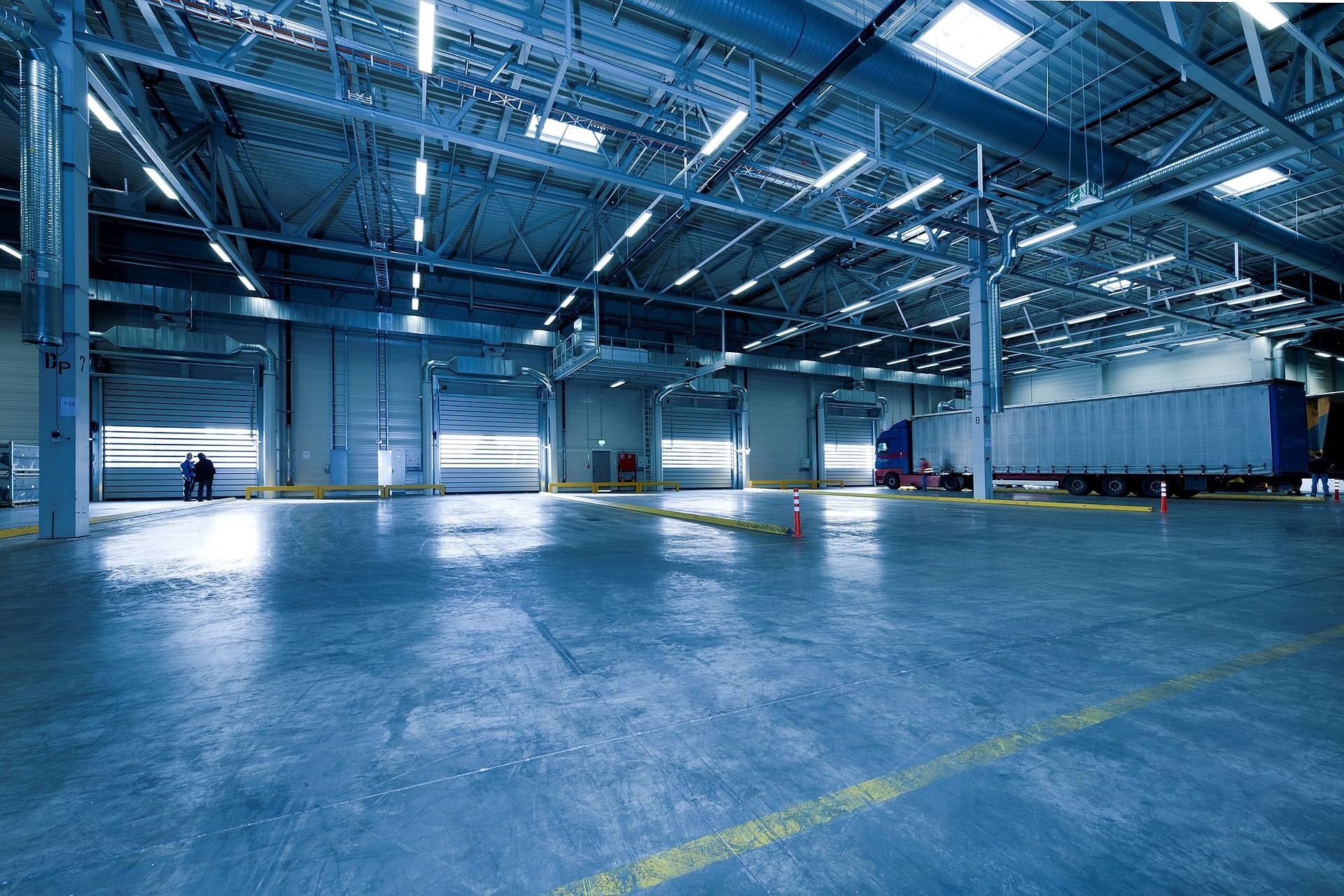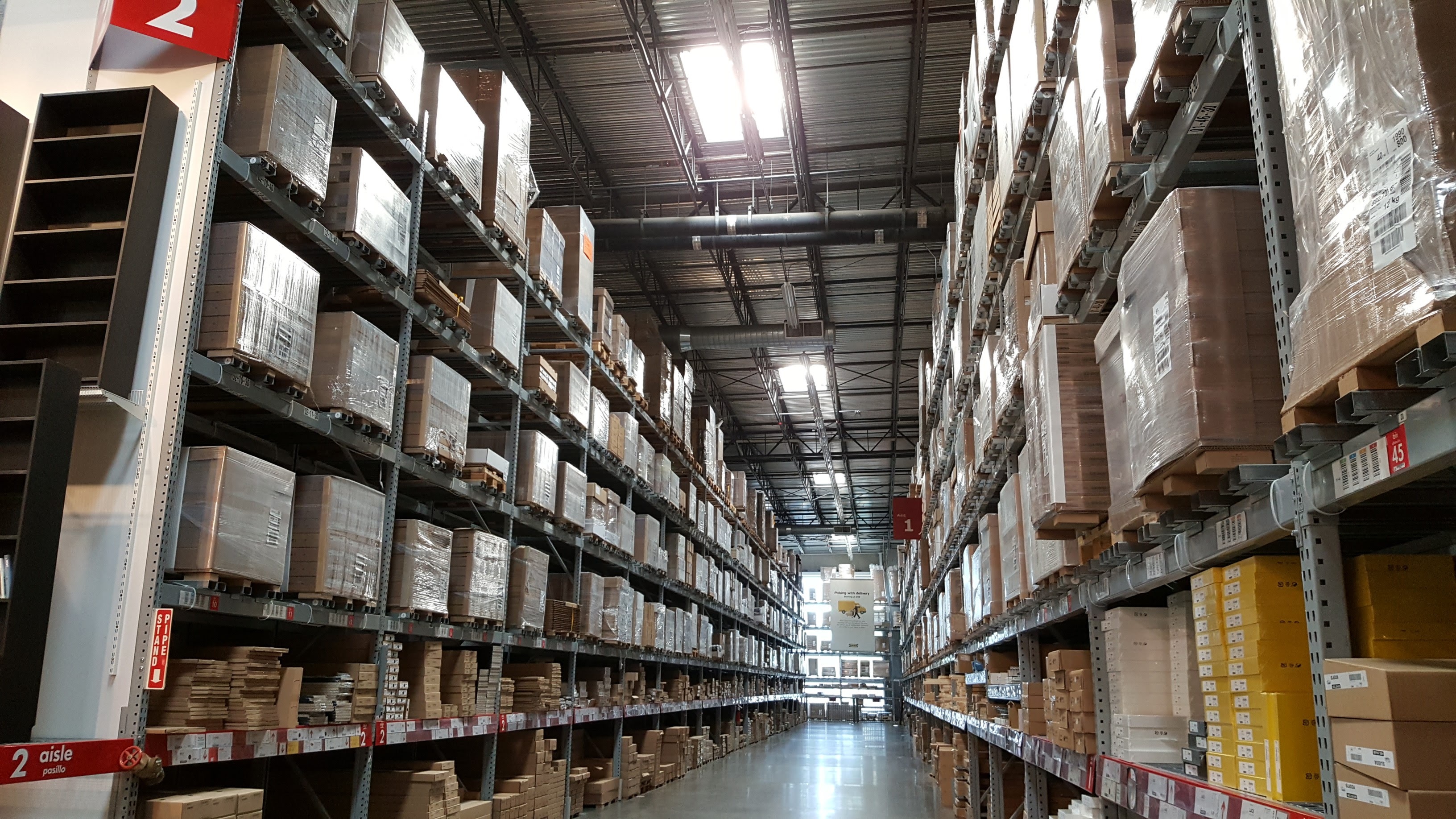An Infinitive Guide To Warehouse Lighting
When it comes to choosing lighting for a warehouse setting or updating the lighting that you already have, it’s important to consider a number of different factors including the light source that you choose as well as the way that the light will be distributed...

When it comes to choosing lighting for a warehouse setting or updating the lighting that you already have, it’s important to consider a number of different factors including the light source that you choose as well as the way that the light will be distributed.
If you’re struggling with your current lighting setup in your warehouse, read this guide for tips on how to maximise the lighting you have available.
Photo by Jan Senderek / Unsplash
What kind of light source should you use?
When it comes to warehouse lighting, you have a number of options available when choosing the light source that you will be using. You can opt for high intensity discharge (HID), fluorescent, and LED.
For a long time HID lamps were seen as the only option for this type of environment and they are still frequently used in warehouses. They have a low initial cost but they also have the highest rate of Lumen depreciation and there aren’t many options when it comes to picking out colour temperatures.
Fluorescent lighting is a good option if you are on a budget but would still like to benefit from something that is slightly more energy efficient as this type of light source does consume less energy than HIDs.
The most versatile and energy efficient choice however is LED lighting, which use less energy and offer better Lumen outputs.
How bright should the light source be?
This will depend on the colour of the ceilings and walls in your warehouse. If you have lighter coloured ceilings and walls in your warehouse, there will be a higher reflectance than if dark colours are used and this means that you should choose fixtures with a lower Lumen output.

What colour temperature should you choose?
While you may not have considered colour temperature, it’s important that you do as this can have an impact on both visibility and productivity for workers. For a warehouse setting, the most effective colour temperatures are between 4000K and 5000K as this range emits a cool white light that sometimes has a bluish tint. Studies have shown that this type of light can help to reduce eyestrain and create a productive working environment.

How should light fittings be positioned?
The spacing in between your light fittings is one of the most crucial factors when it comes to your lighting. Avoid positioning them too close together as this can result in glare and don’t place them too far apart as this will lead to dark areas in your warehouse.

